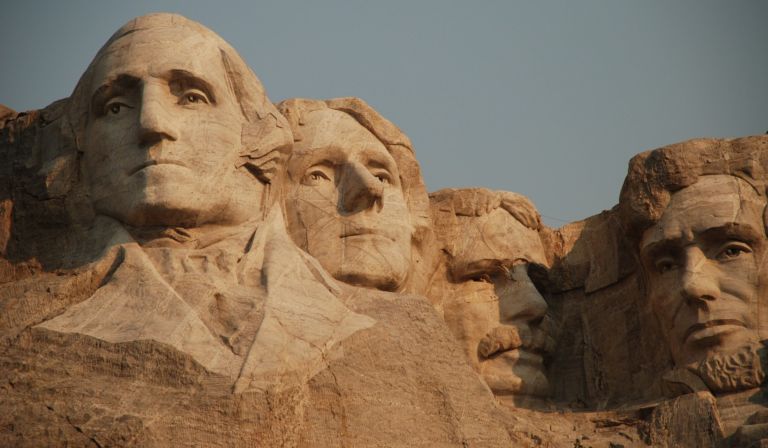Was American mobilization for World War II a triumph of big-government planning? Arthur Herman‘s new book Freedom’s Forge answers that question, as Steve Forbes explains in the latest issue of Forbes.
This fantastic book does two big things. First, it tells the largely unknown story of America’s extraordinary output of war materials during World War II—output that almost defies imagination. By war’s end the U.S. had manufactured about 70% of all Allied war material, with U.S. factories outproducing everyone else combined. Ford Motor Co. produced more than Benito Mussolini’s entire Italian economy.
Amazingly, historians gloss over America’s accomplishment, assuming that because we were the world’s biggest industrial country that it was no surprise we could turn out so many planes, ships, tanks, rifles, ammunition, uniforms, etc. However, this miracle didn’t just happen; it was the result of the extraordinary leadership of a handful of American businessmen. Freedom’s Forge focuses on two of the most important, William Knudsen and Henry Kaiser. World War II’s industrial mobilization was in stark contrast to our World War I experience, which was largely a flop.
The second thing this book does is emphasize that it was the practice of free enterprise that was behind these production miracles. Countless companies “carried the spirit of free enterprise like a revitalizing force, with the power to meet the needs of total war without losing their identity or creativity or power of self-renewal. … Human ingenuity could solve problems that government planning or rationing could not.”


